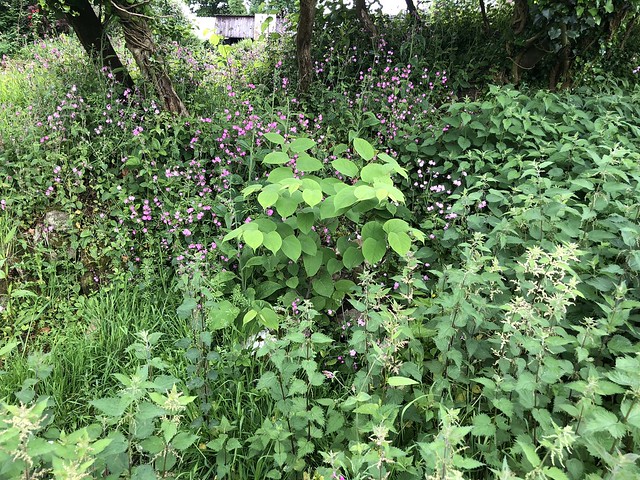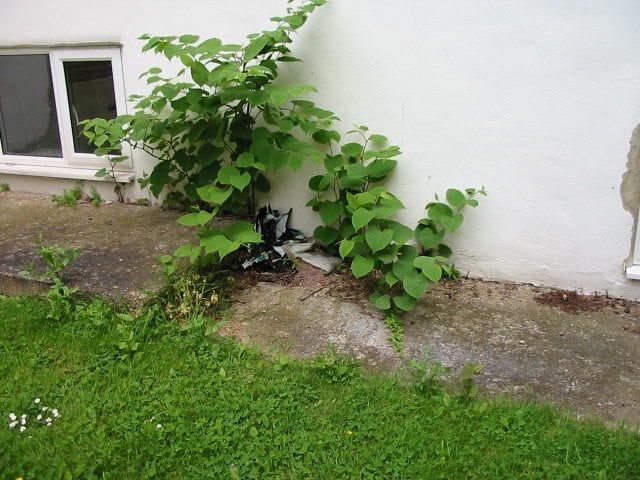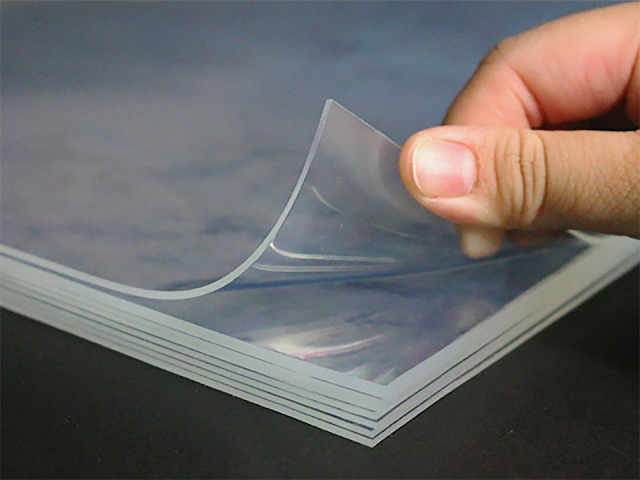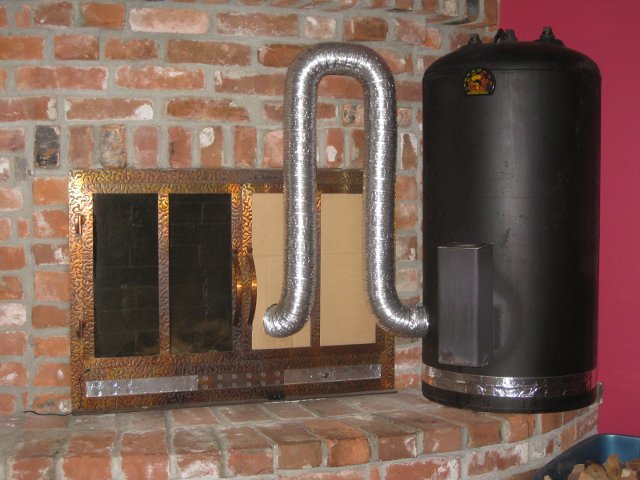Japanese Knotweed, scientifically known as Fallopia japonica, is a notorious invasive plant species that has been causing havoc in various parts of the world, including the United States, Canada, and Europe. Its rapid growth, resilient nature, and ability to cause structural damage to buildings and infrastructure have made it a significant concern for property owners and environmentalists alike.
In this comprehensive guide, we delve into the intricate details of Japanese Knotweed removal, exploring the various factors that contribute to its eradication costs and providing insights into effective budgeting strategies.
Understanding the Threat: Why Japanese Knotweed Removal is Imperative
Before delving into the costs associated with Japanese Knotweed removal, it’s essential to understand why eradicating this invasive species is imperative. Japanese Knotweed can quickly spread through its underground rhizomes, forming dense thickets that outcompete native vegetation and disrupt ecosystems. Additionally, its aggressive root system can penetrate through concrete foundations, causing structural damage to buildings, roads, and other infrastructure.
Moreover, Japanese Knotweed poses a significant threat to biodiversity, as it can crowd out native plants, reducing habitat availability for wildlife. Its presence along riverbanks and water bodies also exacerbates the risk of soil erosion and flooding.
Given these detrimental effects, prompt and effective removal of Japanese Knotweed is crucial to mitigate its impact on the environment, infrastructure, and property values.
Factors Influencing the Cost of Japanese Knotweed Removal
The cost of Japanese Knotweed removal can vary significantly depending on various factors, including the extent of infestation, the size of the affected area, the chosen removal method, and the accessibility of the site. Here are some key factors that influence the overall cost:
1. Extent of Infestation
The severity of the Japanese Knotweed infestation plays a pivotal role in determining the removal cost. A small, localized infestation may require less intensive treatment methods, resulting in lower costs. However, larger infestations that have spread over extensive areas may necessitate more extensive eradication efforts, thereby increasing the overall expenses. If you enjoyed this article about knotweed removal costs then visit their page for more interesting tips and ideas.
2. Removal Method
There are several methods available for Japanese Knotweed removal, each with its associated costs. These methods include chemical treatment, excavation and disposal, burial, and biological control. Chemical treatment, involving the application of herbicides, is a commonly used method but may require multiple treatments over several years for effective eradication. Excavation and disposal, on the other hand, involve physically removing the plant and its rhizomes from the soil, which can be labor-intensive and costly.
3. Site Accessibility
The accessibility of the infested site can also impact the cost of removal. Sites that are difficult to access, such as steep slopes or densely vegetated areas, may require specialized equipment and additional labor, thereby increasing the overall expenses.
4. Legal Requirements and Regulations
Compliance with local regulations and legal requirements regarding Japanese Knotweed removal can also influence the cost. In some regions, there may be specific protocols and guidelines that must be followed, such as proper disposal methods for excavated plant material or restrictions on the use of certain herbicides.

Budgeting for Effective Japanese Knotweed Eradication
Given the variable nature of Japanese Knotweed removal costs, effective budgeting is essential for property owners and land managers. Here are some tips for budgeting effectively:
1. Conduct a Site Assessment
Start by conducting a thorough assessment of the infested site to determine the extent of the Japanese Knotweed infestation and identify any site-specific challenges that may affect the removal process. This assessment will help you estimate the overall scope of work and develop a realistic budget.
2. Obtain Multiple Quotes
Obtain quotes from multiple reputable contractors or removal companies to compare prices and services. Be sure to clarify the scope of work included in each quote and inquire about any additional fees or charges.
3. Consider Long-Term Costs
When budgeting for Japanese Knotweed removal, consider the long-term costs associated with ongoing maintenance and monitoring. Depending on the chosen removal method, follow-up treatments or monitoring may be necessary to ensure effective eradication and prevent regrowth.
4. Factor in Contingencies
It’s essential to factor in contingencies when budgeting for Japanese Knotweed removal, as unexpected challenges or complications may arise during the removal process. Allocating a buffer for contingencies will help mitigate financial risks and ensure that the project stays on track.
Conclusion
Japanese Knotweed poses a significant threat to ecosystems, infrastructure, and property values, making its prompt removal imperative. While the cost of Japanese Knotweed removal can vary depending on various factors, effective budgeting strategies can help property owners and land managers mitigate expenses and ensure successful eradication.
By understanding the factors influencing removal costs and implementing proactive budgeting measures, stakeholders can take proactive steps towards effectively managing Japanese Knotweed infestations and safeguarding their properties and the environment.





